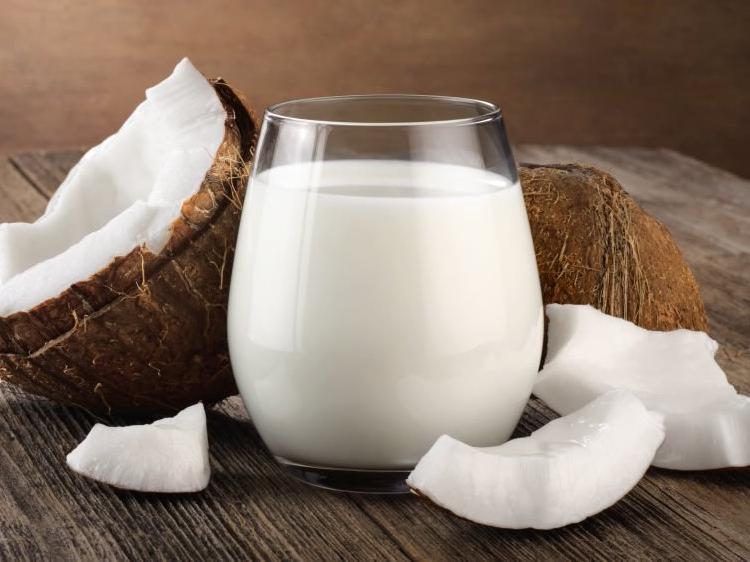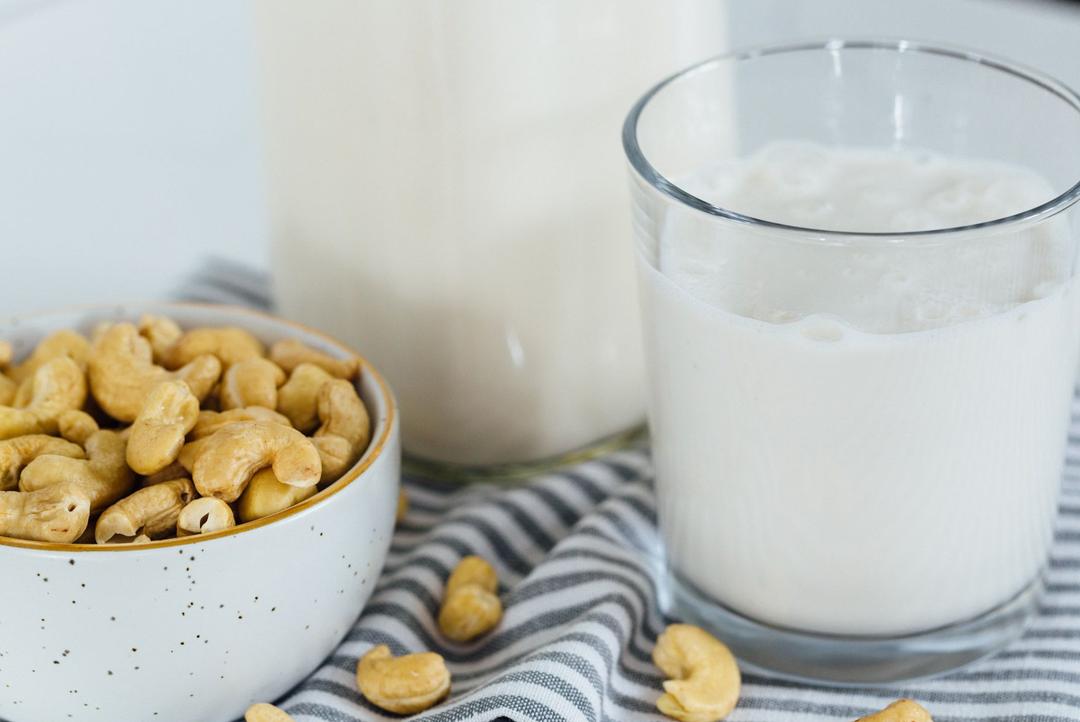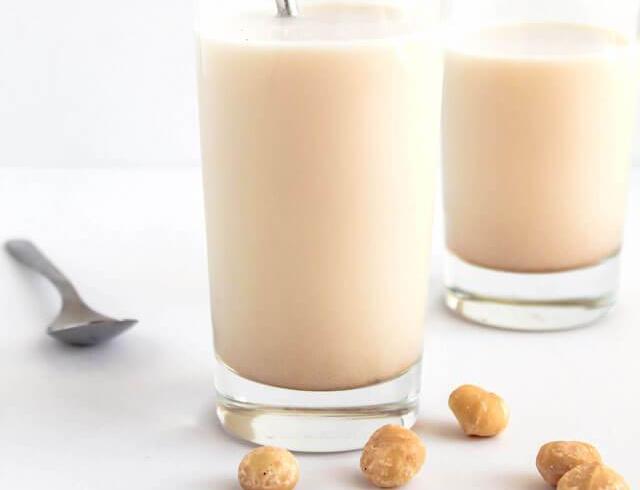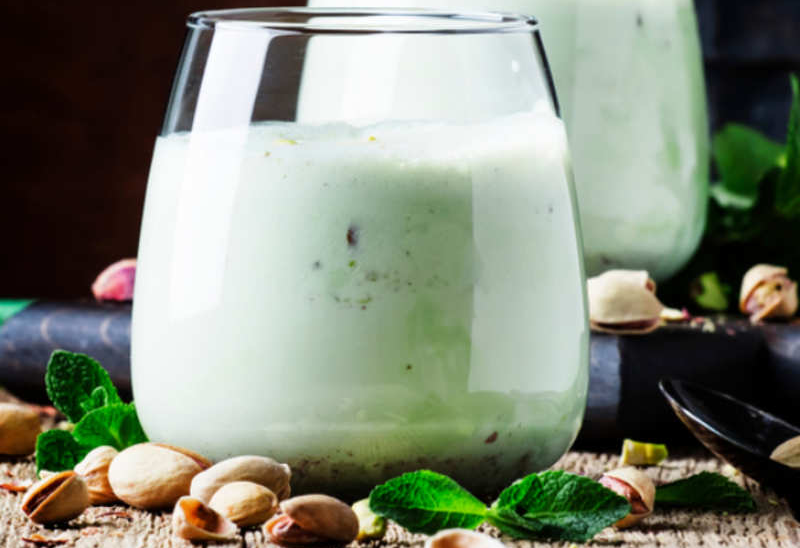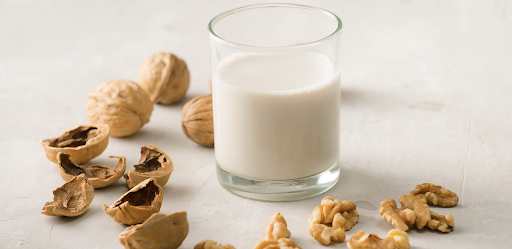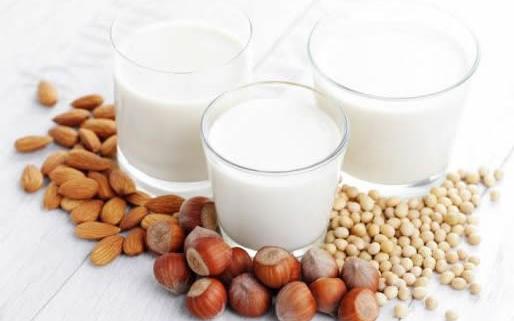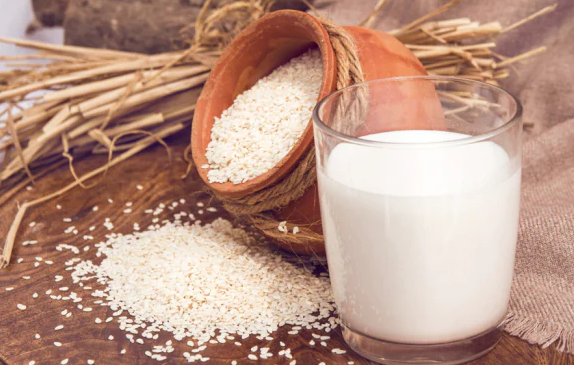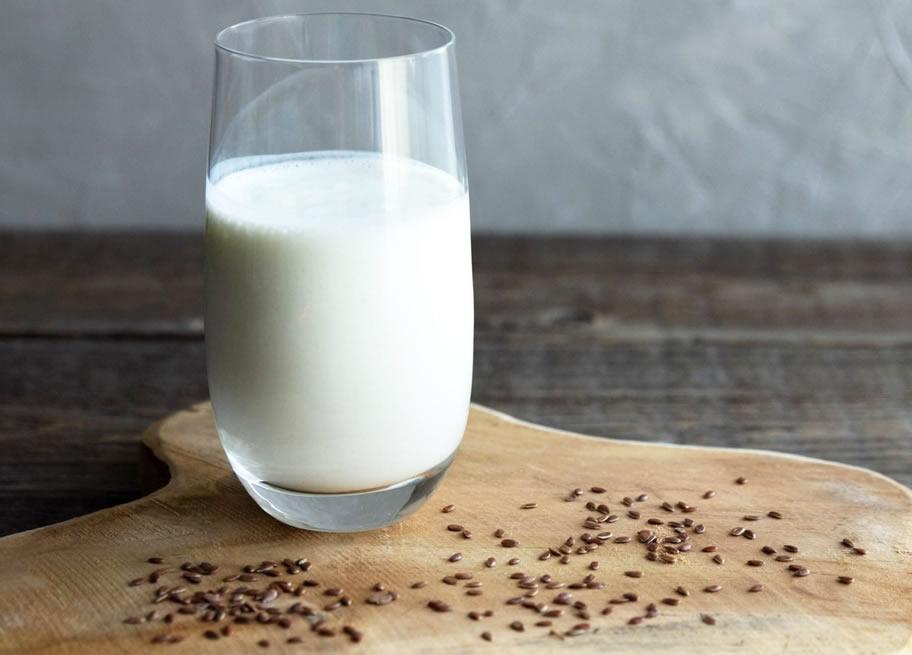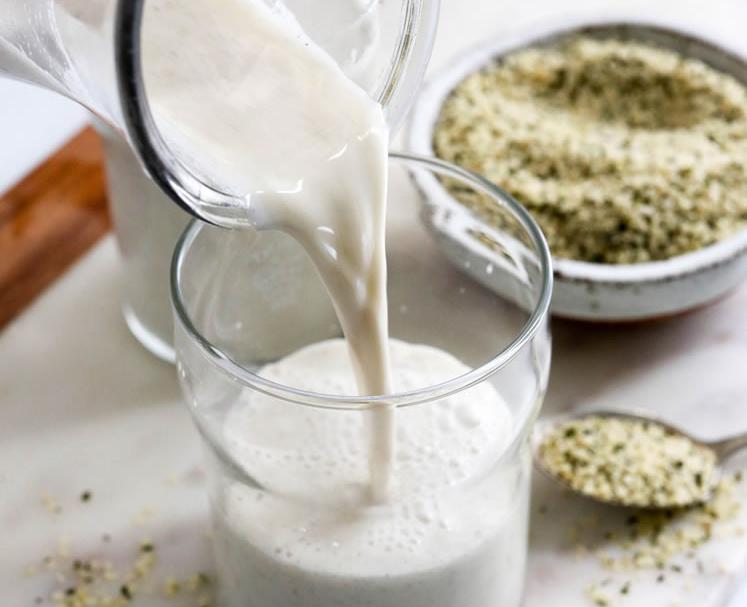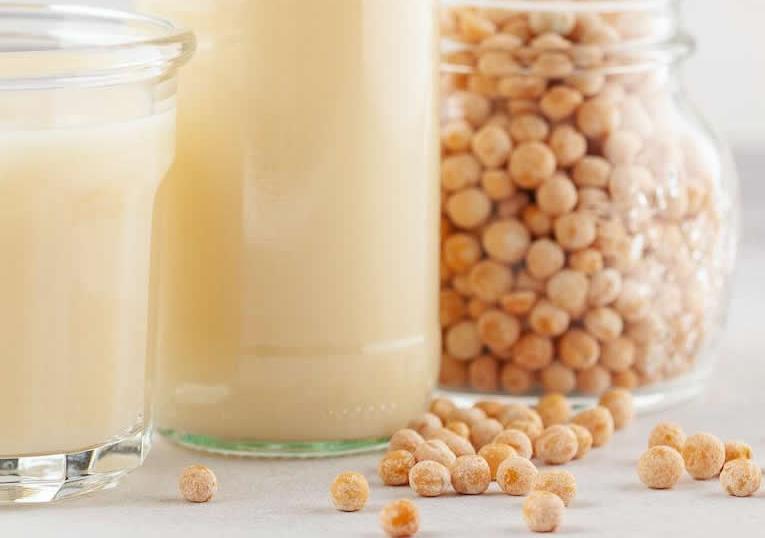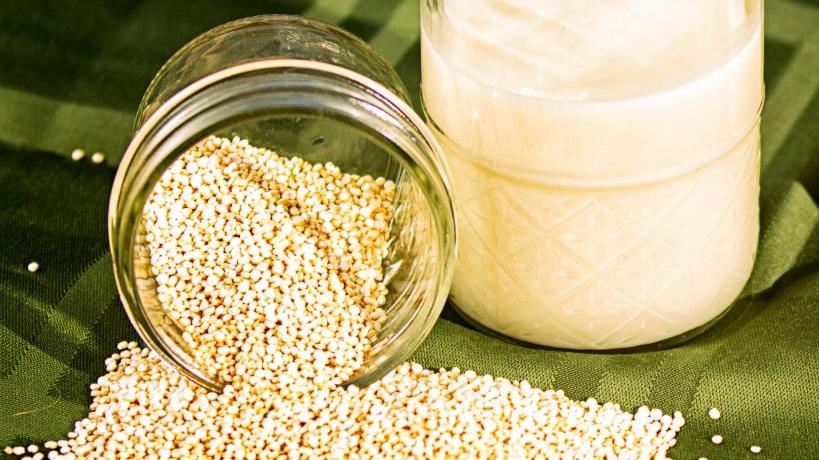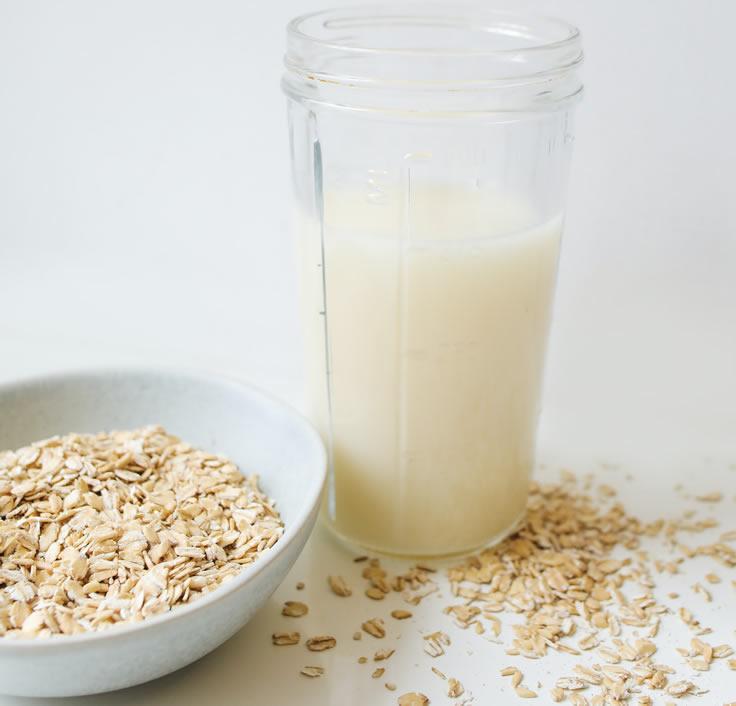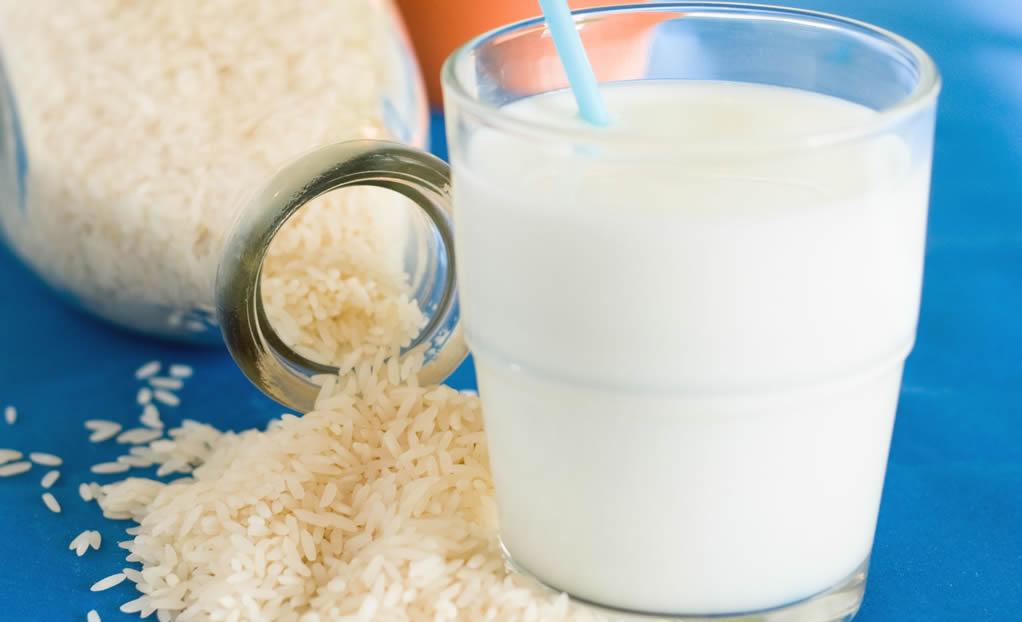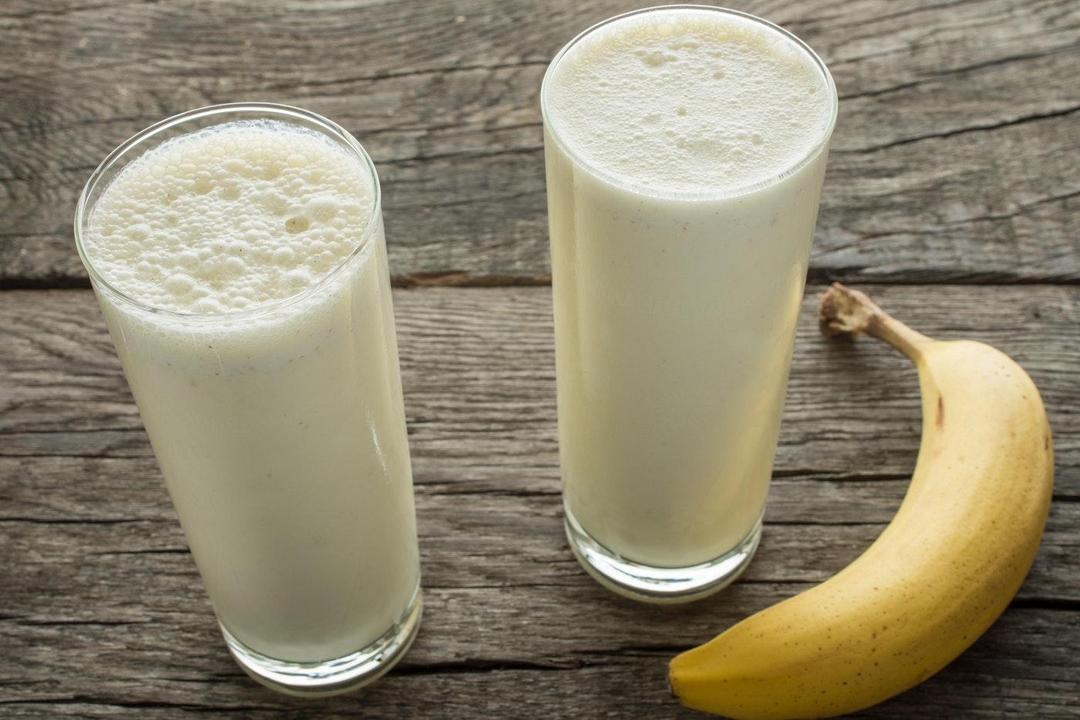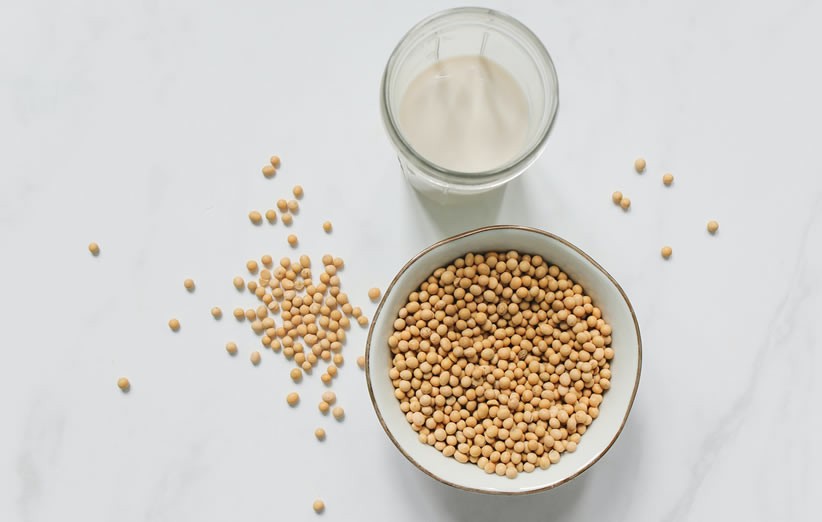4 Delicious Recipes to Make Your Low Acid Coffee
When people diagnosed with acid reflux visit the doctor, one of the first things they’re asked is to cut down on their coffee consumption.
It may be easy to prescribe, but all of us coffee lovers know how difficult it can be to just stop having coffee cold turkey.
Sure it may be causing you stomach problems, but coffee is often the only thing getting us through those tiring work mornings.
How will we make it through another Monday without it?
What's the solution?
Now, the thing to pay attention to is the fact that it's not coffee itself that is causing you problems. It's the caffeine content and the acids released from your coffee beans that cause all of the trouble. So, instead of never drinking coffee again, why don't we try some ways to skip around this? Here are our top recipes on how to make low-acid coffee for people with acid reflux. Let's get drinking!
1-Brew a Dark Roast
Looking for a way to enjoy all the elements of a good cup of coffee without having to pop a few antacids right after?
You should try a low-acid dark roast from Lifeboost Coffee!
The darker the roast of your coffee, the more time it has spent under heat. This means that most of the oils and acids in your coffee beans have been burned off (not in a bad way, don't worry!), so it will be much safer and healthier to drink if you have acid reflux.
Do you want to know a little secret to ensure your coffee has an even lower acid content? Grind it super fine before you start the brewing process. Also, use alkaline water in your coffee maker for the perfect cup of coffee that doesn’t cause you any inflammation or pain
How to Brew a Dark Roast
Step 1: Line your coffee maker’s basket with a paper filter.
Step 2: Put your alkaline or filtered water on the stove to boil.
Step 3: Grind your coffee beans to a medium or fine grind as the water boils.
Step 4: Let your water sit for a minute (time it!) after boiling, then pour it into the filter to wet it thoroughly.
Step 5: Let the water drain into your cup or the coffee pot. Discard it.
Step 6: Measure and add the ground coffee beans into the wet filter depending on how strong you want your coffee.
Step 7: Pour in water to wet the coffee grounds well and drain them into your cup. Pour in the rest of the water, and your delicious dark roast is ready!
2- Coconut milk
Refrigerated coconut milk (as opposed to the thicker kind found in a can) is subtly sweet, light, but also slightly creamy. And, if you don’t mind the slight coconut flavor, it makes a wonderful addition to coffee.
The downside here? If you indeed don’t care for the flavor of coconut, you should be aware that most generally you’ll be able to detect this flavor when using coconut milk in your coffee.
Personally, I think the flavor is quite subtle, but some dislike using coconut milk in coffee specifically for the above mentioned reason.
In my experience, it doesn’t froth well, but if you have an espresso machine with a steaming wand, you can produce some decent foam if you’re looking to use it in a delicious latte.
My favorite way to enjoy unsweetened coconut milk is cold brewed with our Light Roast...absolutely refreshing!
3- Cashew milk
Okay, full disclosure, I’m not a huge fan of cashews, so I was skeptical of cashew milk. But, upon trying it, I was blown away!
Of all plant based nut milks, though cashew milk admittedly isn’t your friend when seeking a beautiful foamy topping for a latte, it is still an absolutely delicious addition to coffee!
From a small splash in a fresh cup of hot coffee, to making the perfect coffee smoothie, and even a creamy addition to cold brew, cashew milk is so smooth, has a surprisingly neutral (not too nutty) flavor, and is extraordinarily thick and rich.
When making iced lattes, the espresso nearly sits on top of the cashew milk due to its luxuriously thick texture...with a simple stir to combine the two, you’ll be sipping pure velvet!
4- Macadamia milk
I’ve only recently become acquainted with macadamia milk, and with one single sip I knew I had to add it to my coffee!
It’s not too overpowering in flavor, and personally, I prefer the unsweetened vanilla variety, but it just works when it comes to coffee, if you ask me.
It’s not super thick, but thick enough. I’d liken the consistency unto almond milk.
Generally speaking macadamia milk doesn’t froth well, but you can purchase varieties made specifically for frothing (the Milkadamia brand offers a barista blend that boasts good frothing quality for making lattes).
5- Pistachio milk
Pistachio milk has a slightly buttery and nutty flavor. It’s light green color makes this milk very distinct and unique.
Most people recommend adding just a drop or so of agave nectar or honey to this milk to bring out the most flavor, but with or without this addition, you’ll find this milk to contain more noticeable flavor than other nut milks (such as almond milk).
Pistachio milk contains higher amounts of healthy fat than other plant based milks and is super creamy, making it a perfect addition to both hot and iced coffee.
And, it froths exceptionally well, which makes it a perfect choice for making a latte from the comfort of your own kitchen!
6- Walnut milk
Packed with omega-3’s many people are starting to make walnut milk their daily choice when adding a splash of creamy, buttery flavor to their hot or iced cup of joe.
Walnut milk can be somewhat difficult to find in grocery stores, but those who make their own find it to be their milk of choice for adding to coffee specifically, due to the fact that it doesn’t change the flavor of the coffee but only adds richness and slightly creamy texture.
7- Hazelnut milk
Another plant based milk abundant in omega-3’s, hazelnut milk has a very rich and nutty flavor with a subtle sweetness.
This plant milk’s sweetness and nutty flavor make it most favorable in coffee smoothies, but when it comes to lattes, some varieties don’t froth as well as others.
So, many people simply warm it to add to hot coffee or use it chilled when adding to iced coffee or cold brew.
8- Sesame milk
Did someone say latte?
Correction...did someone say ultra frothy, creamy latte?
Some liken the thick and creamy texture of black sesame milk to that of soy milk, and the froth it produces is super thick, making it a latte superstar!
Containing just as much protein as most dairy milk (but far less sugar), adding this thick and creamy plant milk to your coffee not only provides a protein boost, but sesame milk contains a wealth of amino acids as well.
9- Flax milk
As flax milk is primarily made from cold-pressed flaxseed oil and water, natural flavor additives are often found in this milk to make it palatable.
Most fans of flax milk do indeed use it in their coffee, as the low calorie versions offer an allergen free alternative to even other plant based milks.
And, while not incredibly thick, this omega-3 packed milk is often enriched with pea protein which allows it to produce a light and bubbly froth if you’re planning to use it for lattes.
10- Hemp milk
Allergen friendly and fortified with numerous vitamins and minerals, hemp milk is also incredibly clean as it’s minimally processed, and it contains a decent amount of protein.
It is generally considered a neutral milk to use in coffee as it doesn’t have a strong nutty flavor.
It is pretty thin as far as consistency is concerned, so adding to an iced coffee may make a pleasing, healthy, and refreshing treat.
And, if you’re looking for a way to thicken it up, its protein content makes it a great frothing milk, so using the steaming wand of an espresso machine can make a nice foam to top your hot coffee.
11- Pea milk
Pea milk is made from yellow split peas.
It is packed with protein, so much so that it rivals dairy milk. And, this makes it a super candidate for frothing.
In fact, pea milk foam tends to have a silk-like texture turning your coffee into velvety perfection as you sip the bold java through the frothy topping.
So no, this plant based milk doesn’t taste like peas. And, if you’re like most people who’ve tried it, pea milk may become your new dairy alternative favorite to add to your coffee.
12- Quinoa milk
While you can find quinoa milk in select grocery stores, most make this grain based plant milk at home.
Though many say it does have a very nutty taste, this flavor generally becomes neutralized when added to coffee.
When making this plant based, amino acid rich, milk at home, adding flavors such as vanilla and cinnamon can make adding quinoa milk to coffee even more tasty.
13- Oat milk
Giving almond milk a run for its money, oat milk is now considered the second most popular plant based milk.
And personally, I’m thinking it has to be due to the fact that it is insanely delicious in coffee!
Though more calorie dense than some other plant based milks, oat milk gets placed in the win category by many folks for its incredibly creamy texture and delicious flavor...see, a perfect pair for your daily cup of joe!
While oat milk certainly pairs well with just about any roast (light, medium, dark, espresso), due to its unique taste, it also enhances certain flavored coffees exceptionally well.
My favorite flavored selections to add oat milk to include our Pumpkin Spice, Cinnamon Cappuccino, and Cinnamon Apple Streusel Medium Roast, and absolutely anything with maple flavoring such as our Maple Cinnamon French Toast Coffee.
And, like almond milk, oat milk also makes a decently stable and very fluffy foam for tasty lattes, though this primarily only works when making hot foam.
When enjoying your coffee iced or cold brewed, I’d simply recommend adding oat milk straight from the refrigerator.
Mmmm, this is making my mouth water. I’ll be right back...need to refill my mug. :)
14- Rice milk
Though not as creamy as some other plant based milks, rice milk possesses a slight sweetness that makes it a delightful addition to coffee.
And, while rice milk definitely isn’t the right option for those cutting back on carbs, it is considered the least likely of all plant based milks to cause any allergies.
Most consider rice milk to be best for making coffee smoothies or more decadent coffee treats, but due to that slightly sweet flavor mentioned above, it works just fine as an addition to iced or hot coffee.
One of my all-time favorite coffee recipes includes rice milk. In that particular recipe, the rice milk is used to make horchata (a sweet cinnamon milk made from a mixture of almond milk, rice milk, vanilla, cinnamon, and agave nectar) which is blended until frothy and then topped with espresso and served over ice.
15- Banana milk
Banana milk is a unique plant based option that is usually fortified with calcium. And, while it generally isn’t considered a go-to option for regularly adding it to hot or iced coffee, it could make a great addition to your coffee smoothies.
What? You haven’t tried coffee smoothies yet?
Coffee smoothies are a great way to expand your options when enjoying your java, and bananas are often used as a thickening agent when doing so.
Banana milk could make a great addition to a powerfully healthy coffee smoothie!
16- Soy milk
Soy milk is another popular alternative to dairy milk. In fact, it was only recently bumped out of second place by oat milk.
The added sugars in soy milk definitely put it at a disadvantage when compared to other plant based milk options, but as far as adding it to your coffee, you can definitely expect soy milk to provide plenty in the aesthetics and texture departments.
The higher levels of protein in soy milk make it closely rival cow’s milk when it comes to making a beautiful airy foam to top your coffee.
Soy milk also has a thick and creamy texture that makes it a nice addition as-is (not frothy or foamy) to both hot and iced coffee.
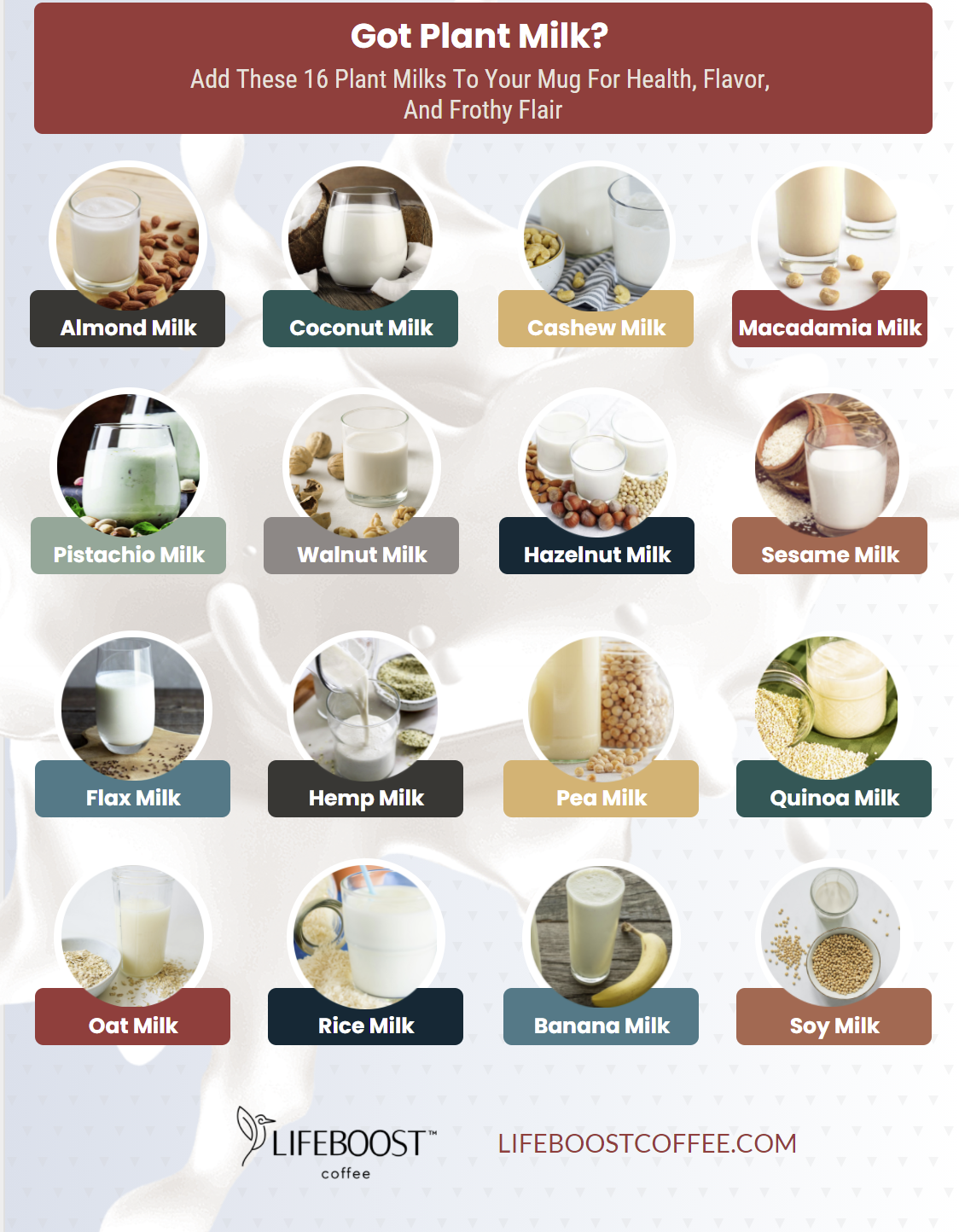
1x Espresso Coffee 12 oz Bag
:|~|:prdimgtp:--:variant:|~|:prdimgsrcset:--::|~|:prdimglblttl:--:BEST VALUE:|~|:prdimglblattr:--:class="zpa-image-label zpa-image-label--top-left zp pila-46944390":|~|:prdimgclass:--:pia-46944390:|~|:prdimgalt:--:1x Espresso Coffee 12 oz Bag:|~|:prdimg:--:https://cdn.shopify.com/s/files/1/0838/4525/products/espresso-2.png?v=1600960290:|~|:prdclass:--:ba-46944390:|~|:prdbtnltp:--:cart:|~|:prdbtninmncl:--:1:|~|:prdbtninalcl:--:1:|~|:prdbtnelt:--::|~|:prdbtncpt:--:BUY NOW!:|~|:prdbtnclass:--:zpa-button-padding-medium bcss-46944390:|~|:prdbtnalign:--:zp zpa-button-alignment-center:|~|:handle:--:espresso-coffee-12-oz-bag-single-origin:|~|:eid:--:46944390:|~|:dcrt3class:--:ba-46944396:|~|:dcrt2class:--:ba-46944392:|~|:dcrt1class:--:ba-46944391:|~|:crtmsgclass:--:pcma-46944390:|~|:brdclass:--:ba-46944398:|~|:addcrtmsg:--:Product has been added to cart unprcincl:--:1:|~|:slctvrnt:--:31864464711,29215460327484:|~|:shwqty:--:true:|~|:shwimglbl:--:false:|~|:qty:--:1:|~|:prdurl:--:/cart:|~|:prdttlclass:--:pta-46944389:|~|:prdttl:--:3x Espresso Roast Coffee 12 oz Bags
:|~|:prdimgtp:--:variant:|~|:prdimgsrcset:--::|~|:prdimglblttl:--:BEST VALUE:|~|:prdimglblattr:--:class="zpa-image-label zpa-image-label--top-left zp pila-46944389":|~|:prdimgclass:--:pia-46944389:|~|:prdimgalt:--:3x Espresso Roast Coffee 12 oz Bag - Bundle:|~|:prdimg:--:https://cdn.shopify.com/s/files/1/0838/4525/products/espresso-3.png?v=1599070364:|~|:prdclass:--:ba-46944389:|~|:prdbtnltp:--:cart:|~|:prdbtninmncl:--:1:|~|:prdbtninalcl:--:1:|~|:prdbtnelt:--::|~|:prdbtncpt:--:BUY NOW!:|~|:prdbtnclass:--:zpa-button-padding-medium bcss-46944389:|~|:prdbtnalign:--:zp zpa-button-alignment-center:|~|:handle:--:3x-single-origin-espresso-roast-coffee-12-oz-bag:|~|:eid:--:46944389:|~|:dcrt3class:--:ba-46944395:|~|:dcrt2class:--:ba-46944393:|~|:dcrt1class:--:ba-46944402:|~|:crtmsgclass:--:pcma-46944389:|~|:brdclass:--:ba-46944399:|~|:addcrtmsg:--:Product has been added to cart unprcincl:--:1:|~|:slctvrnt:--:31902169671,29215519899708:|~|:shwqty:--:true:|~|:shwimglbl:--:false:|~|:qty:--:1:|~|:prdurl:--:/cart:|~|:prdttlclass:--:pta-46944388:|~|:prdttl:--:6x Espresso Roast Coffee 12 oz Bags
:|~|:prdimgtp:--:variant:|~|:prdimgsrcset:--::|~|:prdimglblttl:--:BEST VALUE:|~|:prdimglblattr:--:class="zpa-image-label zpa-image-label--top-left zp pila-46944388":|~|:prdimgclass:--:pia-46944388:|~|:prdimgalt:--:6x Espresso Roast Coffee 12 oz Bag - Bundle:|~|:prdimg:--:https://cdn.shopify.com/s/files/1/0838/4525/products/espresso-6.png?v=1599070596:|~|:prdclass:--:ba-46944388:|~|:prdbtnltp:--:cart:|~|:prdbtninmncl:--:1:|~|:prdbtninalcl:--:1:|~|:prdbtnelt:--::|~|:prdbtncpt:--:BUY NOW!:|~|:prdbtnclass:--:zpa-button-padding-medium bcss-46944388:|~|:prdbtnalign:--:zp zpa-button-alignment-center:|~|:handle:--:6x-single-origin-espresso-roast-coffee-12-oz-bag-bundle:|~|:eid:--:46944388:|~|:dcrt3class:--:ba-46944394:|~|:dcrt2class:--:ba-46944401:|~|:dcrt1class:--:ba-46944397:|~|:crtmsgclass:--:pcma-46944388:|~|:brdclass:--:ba-46944400:|~|:addcrtmsg:--:Product has been added to cartReferences:
https://www.fooddive.com/news/oat-milk-surges-to-second-most-popular-in-plant-based-dairy/
https://www.themanual.com/food-and-drink/best-plant-based-milks-benefits/
https://switch4good.org/16-different-plant-milks-you-need-to-try/
https://foodrevolution.org/blog/milk-substitutes/
https://www.nespresso.com/au/en/news/soy-milk-and-coffee-how-to-get-it-right
https://www.krystenskitchen.com/post/which-plant-based-milks-froth-the-best-video-photos-let-s-get-frothy#
https://www.webstaurantstore.com/blog/2428/milk-alternatives-for-coffee.html#
https://about.spud.com/blog-quinoa-milk/#:~:text=Quinoa%20milk%20is%20great%20also,flavours%20like%20vanilla%20or%20cinnamon.
MEDICAL DISCLAIMER
This content is for informational and educational purposes only. It is not intended to provide medical advice or to take the place of such advice or treatment from a personal physician. All readers/viewers of this content are advised to consult their doctors or qualified health professionals regarding specific health questions. Neither Dr. Charles Livingston nor the publisher of this content takes responsibility for possible health consequences of any person or persons reading or following the information in this educational content. All viewers of this content, especially those taking prescription or over-the-counter medications, should consult their physicians before beginning any nutrition, supplement or lifestyle program.



